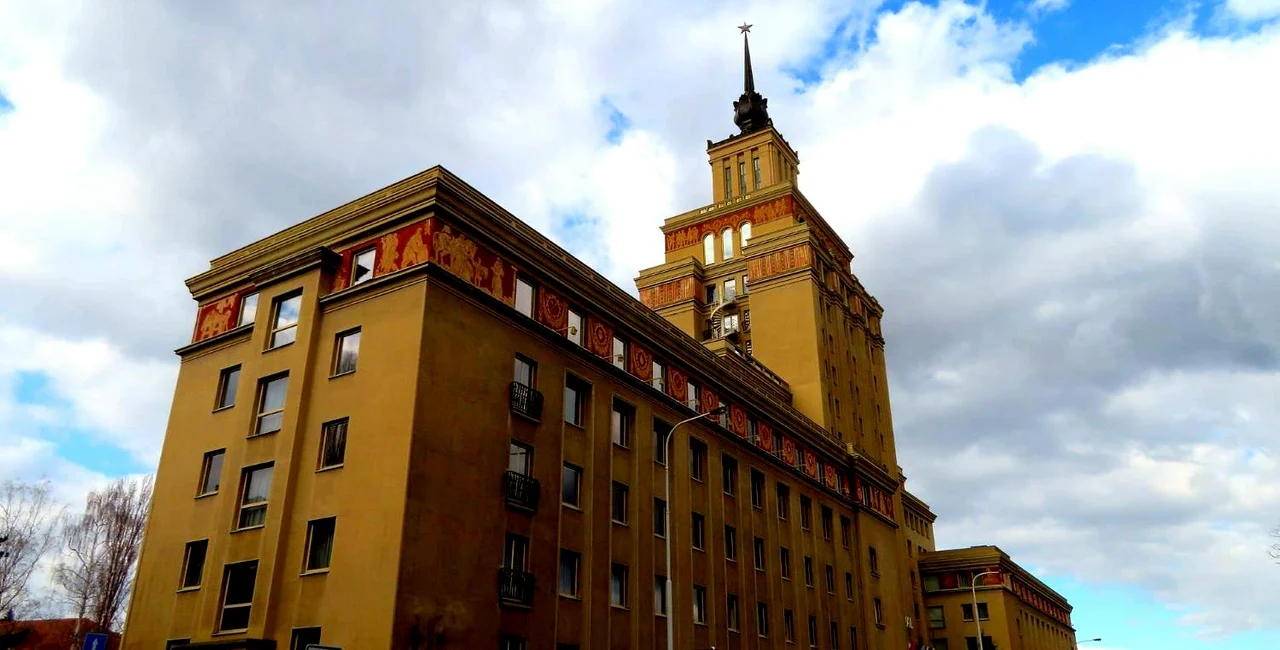One of the last battles of World War II was for the bridge at Remagan, an important crossing over the Rhine. The action began 75 years ago on March 7, 1945.
In August of 1968, a Hollywood-backed war film called The Bridge at Remagen was being made just south of Prague in the town of Davle. The bridge is still there, instantly recognizable to anyone who has seen the film. The cast, which included Robert Vaughn, Ben Gazzara, George Segal, Bradford Dillman, and E. G. Marshall, stayed at hotels in Prague and were trapped for a week at Hotel International in the wake of the Soviet-led invasion.
PARTNER ARTICLE
The tale behind what happened during that production is more intriguing than the film itself.
The real locations on the Rhine river couldn’t be used, so producer David L Wolper took advantage of the new openness of Prague Spring to film around the Vltava instead. Roads along the Vltava and the bridge at Davle can be seen in the film trailer.
Filming got off to a rocky start. Actor Robert Vaughn and several others drove up to Davle in Nazi uniforms, causing panic among the town’s elderly residents. They were soon calmed down after the plot was explained.
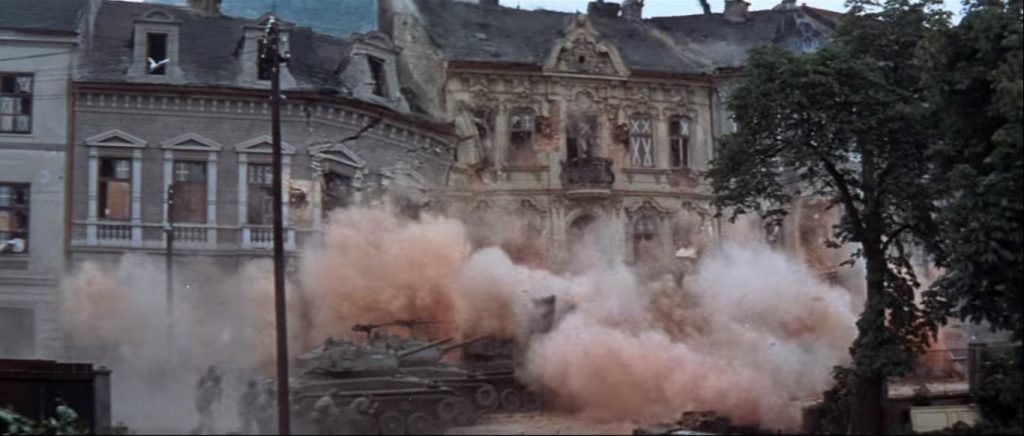
Davle is quite small, and very creative filming makes it seem like there is a big city around the bridge. Many of the action scenes were shot in Most in the Ústí nad Labem region. Most was in the process of being leveled so the communist government could get at the coal beneath it, so it provided realistic damaged and collapsing buildings.
Production had to come to a halt due to the August 21, 1968, Soviet-led invasion of Czechoslovakia. Photographs of the prop tanks and weapons used in the film were even part of the excuse to justify Warsaw-pact tanks coming to “protect” the country. Soviet authorities claimed that the film was just a cover story for the West to infiltrate Czechoslovakia.
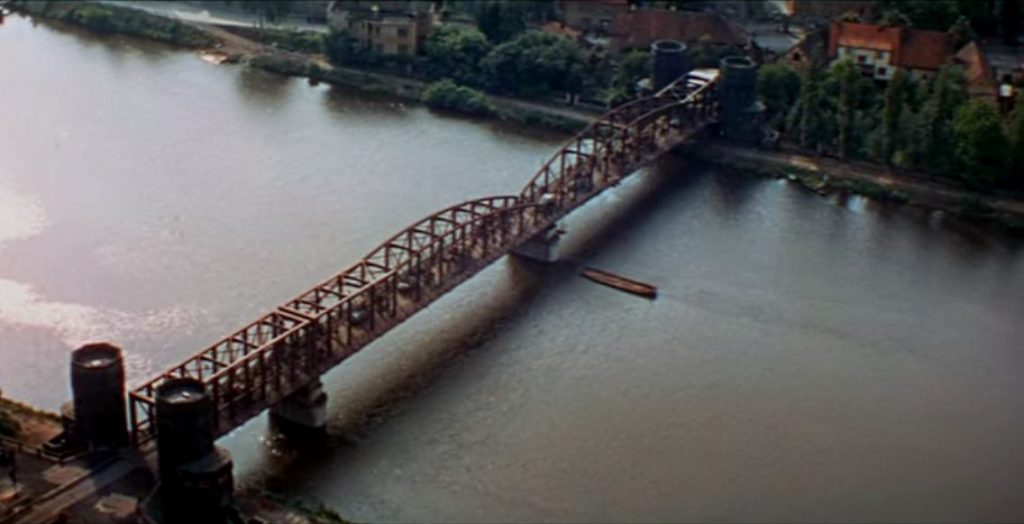
Gazzara recounts the invasion in his 2004 memoir In the Moment: My Life as an Actor. Vaughn has made two accounts. Vaughn has a lengthy account of Prague Spring in his 2008 autobiography A Fortunate Life. He also participated in a BBC radio play from 2007 called Solo Behind the Iron Curtain, where Vaughn plays himself.
Gazzara describes the invasion, as seen from the Hotel International in Prague. The hotel, built in the Stalinist architectural style in the 1950s, complete with a five-pointed star on top, is a fitting place for the unfolding events.
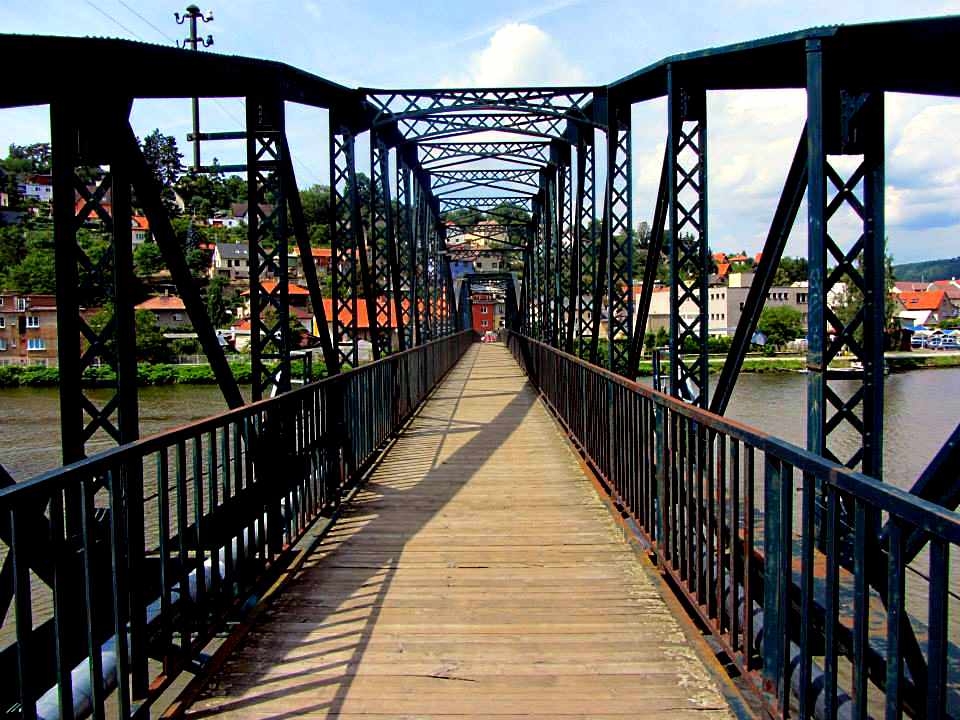
“I started hearing strange rumblings, then jet planes zooming overhead. I looked out the window and saw tanks – lots of them – moving into position below us. … I called the front desk to ask what was going on. The kindly telephone operator told me. ‘It’s the Russians. They’ve come like the Germans in 1939. They’ve come to kill our freedom.’ She was crying. ‘Poor Czechoslovakia,’” she said.
Vaughn was at a different hotel – Parkhotel near Veletržní palác – but saw a similar sight. Parkhotel has recently been renamed Mama Shelter.
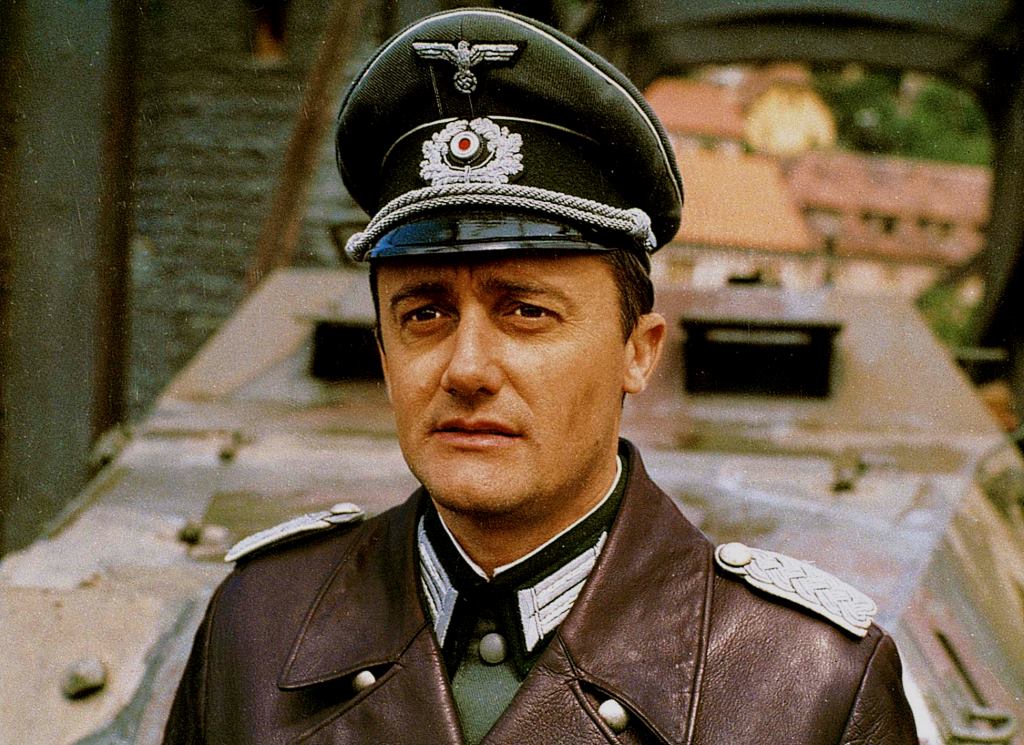
“Standing atop the tanks was a collection of very nervous and confused-looking young men – Soviet soldiers, who, I learned later, had been brought in from places like Mongolia and told that, when they reached Prague, they would be joyfully greeted as liberators. (As Dick Cheney discovered in Iraq thirty-five years later, such predictions rarely come to pass.),” he wrote.
Filming on The Bridge at Remagen stopped, and all of the cast was consolidated at the International Hotel and basically put under house arrest. The cast and crew were stuck in the hotel for about a week, waiting for all the papers to be arranged to allow them to leave.
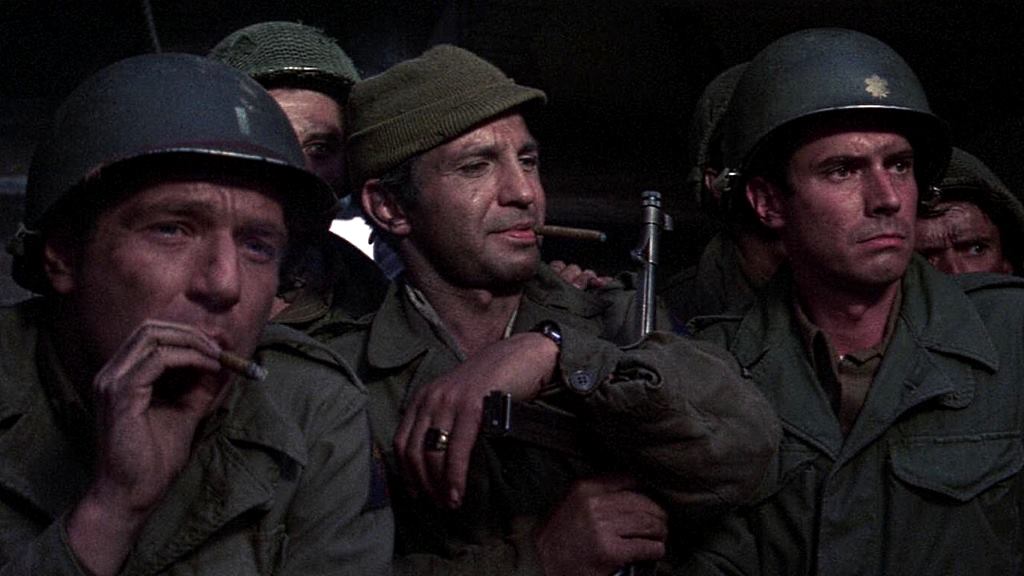
Vaughn in his memoir becomes concerned about a Czech-born production assistant with the unusual name of Pepsi Watson – her father became a Czech citizen and named her after the one thing from the West he missed the most. In the days after the invasion she handed out anti-Soviet newspapers, even though people had been shot for this.
Both actors recount that at the International Hotel she went up to the balcony and hurled a Russian flag like a javelin at the tanks below. Gazzara says it followed an argument. Vaughn ties it to Czechoslovak leader Alexander Dubček’s speech after he returned from Moscow, clearly having been tortured. It was the speech where Dubček mentions that the situation in Czechoslovakia will be “normalized.”
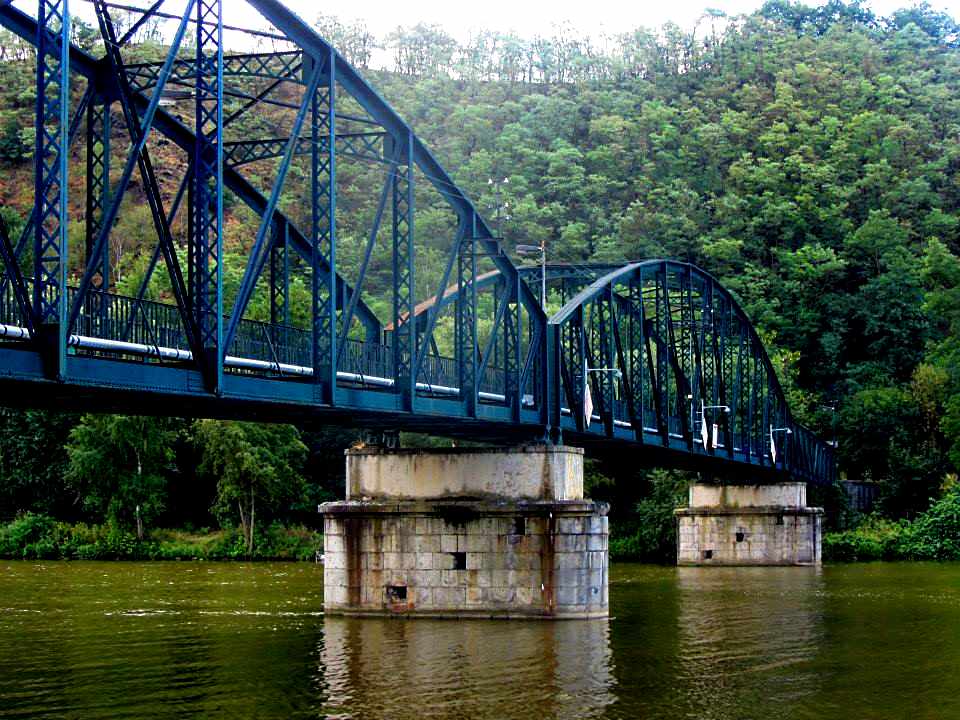
The tanks then turned their turrets toward the hotel and aimed at the balcony. “‘Holy Christ,’ I said to Robert Vaughn, ‘they’re going to kill us.’ You never saw people run so fast. Most of us headed to the back of the hotel and prayed,” Gazzara said.
Vaughn said that the cast was made to sit on the hotel stairs facing the direction of the guns. What happened to Pepsi for her act of defiance remains unclear. “As for Pepsi Watson, I never found out what happened to her – my personal heroine from the short-lived Prague Spring,” Vaughn wrote.
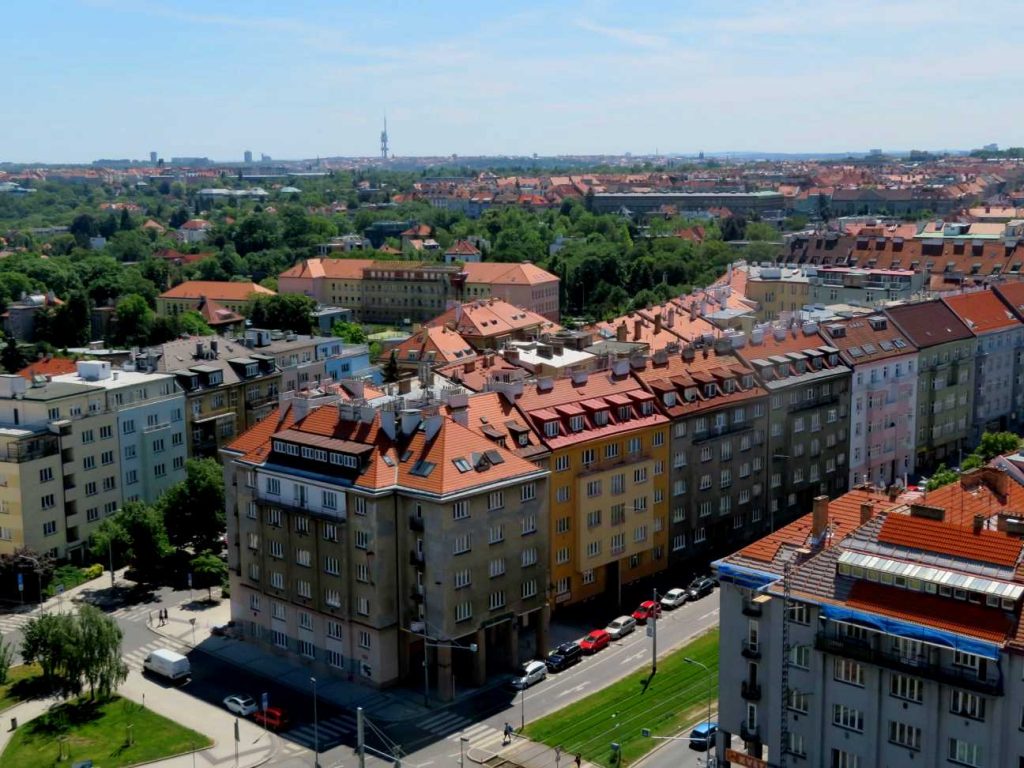
Soon after this incident, the convoy to take the cast and crew to Austria was arranged. The actors took an extra person with them, a waitress from the International.
Gazzara gives a concise account. “We had decided to help a young waitress get out of Czechoslovakia, our plan being that she would ride in the car with Robert Vaughn and me, headed for neutral Austria. She would carry no luggage, only identification papers. Her name was Apolina. … We simply liked her style. She was pretty and smart. I went to the dining room to see if she still intended to go. I felt like I was in a spy movie starring Humphrey Bogart. I was even wearing a trench coat, although it wasn’t raining,” Gazzara wrote. He found her in the dining room and she nodded that she would go.
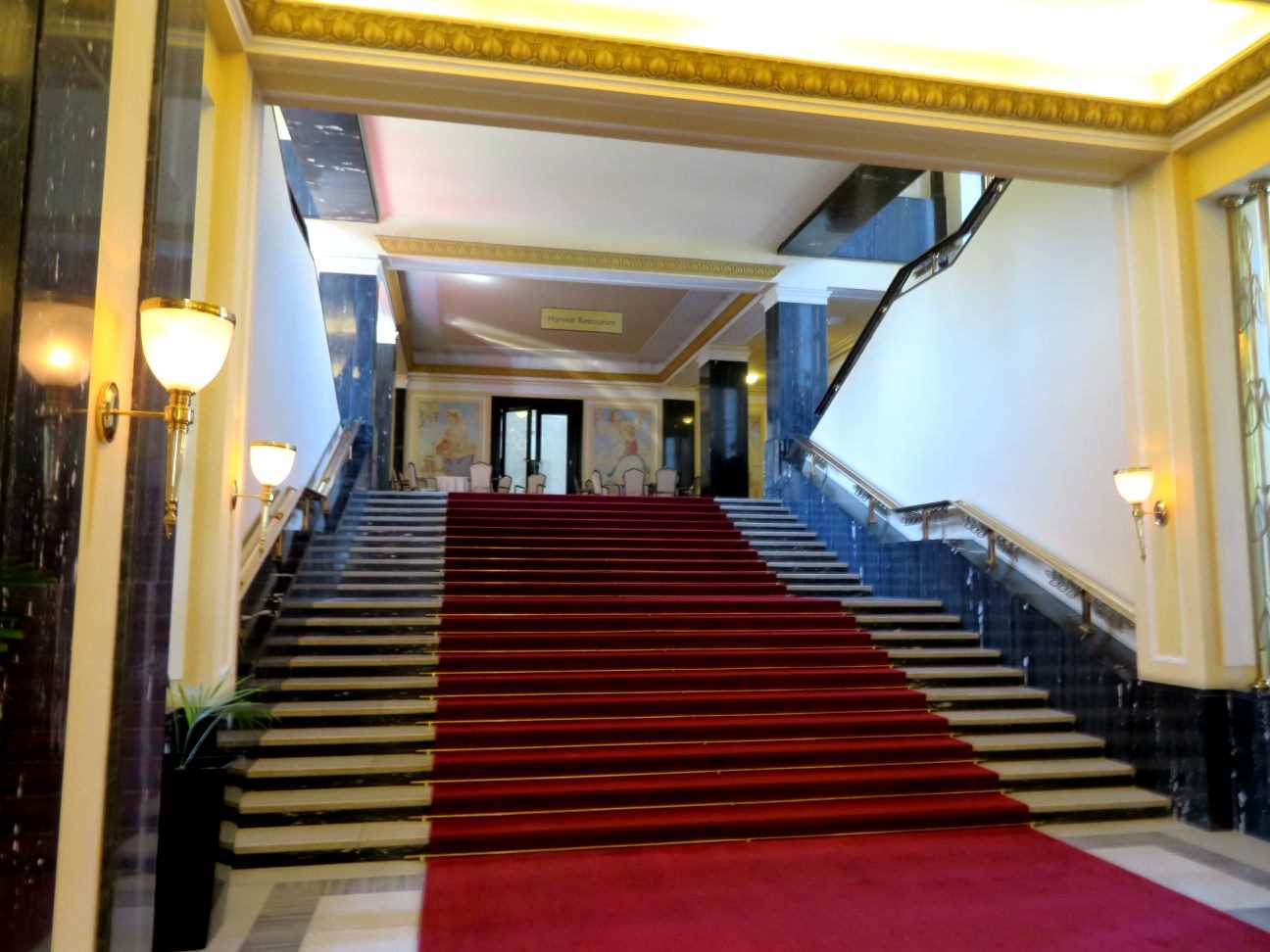
The convoy of cars reached the checkpoint at Gmünd, with Apolina hidden under other people’s legs. “We were in luck: the Russians hadn’t yet taken over that checkpoint. The Czechoslovakian guards took a cursory look and waved us through,” Gazzara stated.
In Vienna, Apolina left the car, saying she had friends she could stay with. After kissing Gazzara on the cheek and waving goodbye, she vanished. “I’ve often wondered what happened to that Czech girl,” he said.
Vaughn gives a different take and doesn’t even place himself in the same car. He hints that Apolina isn’t her real name, but he uses it to be consistent with Gazzara’s version. Vaughn claims that Gazzara and his then-wife Janice Rule were in the car with Apolina. Gazzara, however, makes no mention of his wife.
Vaughn minimizes his role. “Like everyone else in Prague, Apolina wanted to leave once the Russians came, and the Gazzaras were ready to help,” Vaughn wrote.
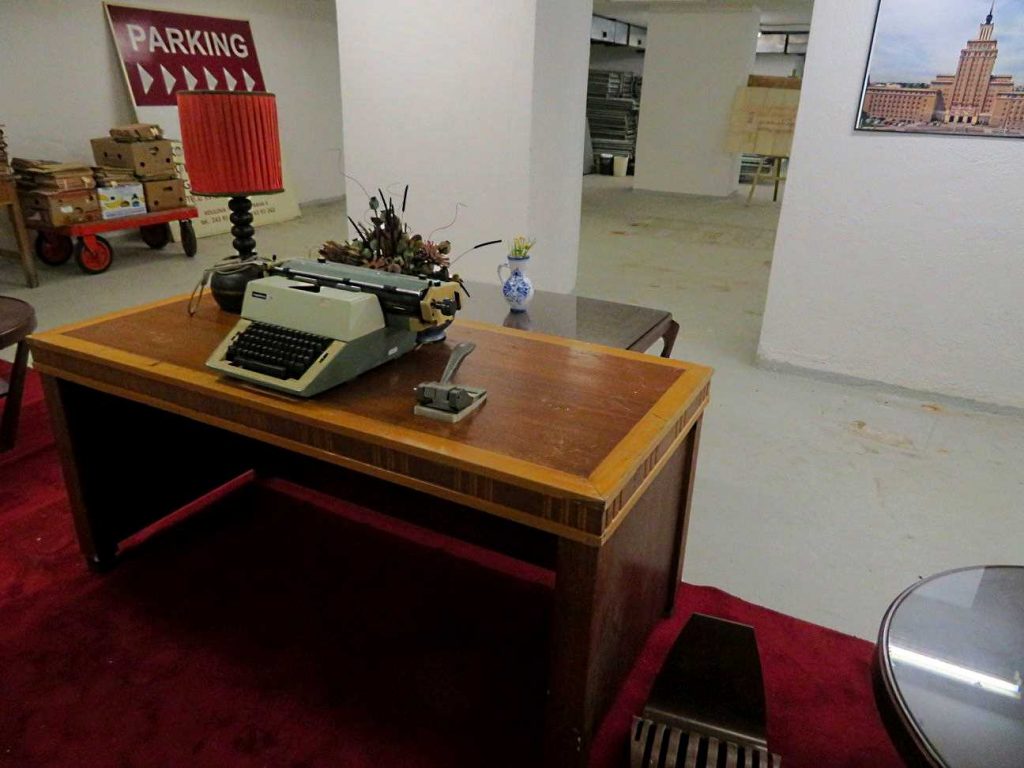
The guards don’t just wave them through in his take. Vaughn’s and Gazzara’s cars both get stopped. “The oldest looking border guard told us all to get out of the two cars with passports at the ready. Within seconds the guards found Apolina – the one person among us whose papers were not in order. They dragged her toward a little guardhouse. We were held at bay by very frightened but menacing young soldiers. …With Apolina in custody the rest of us were taken across the border to a kind of cafe, a border way station of the kind found in a noir film about Cold War espionage. There we would wait for her,” Vaughn wrote.
Three hours passed, and the actors discussed whether they should go back for her, wait some more or leave. “Suddenly, as we argued, a shadowy figure emerged from the darkness at the checkpoint, yelling and waving her arms. It was Apolina. Somehow this young, terribly frightened girl had distracted her captors and escaped. Soon we were weeping with joy and excitement,” Vaughn added.
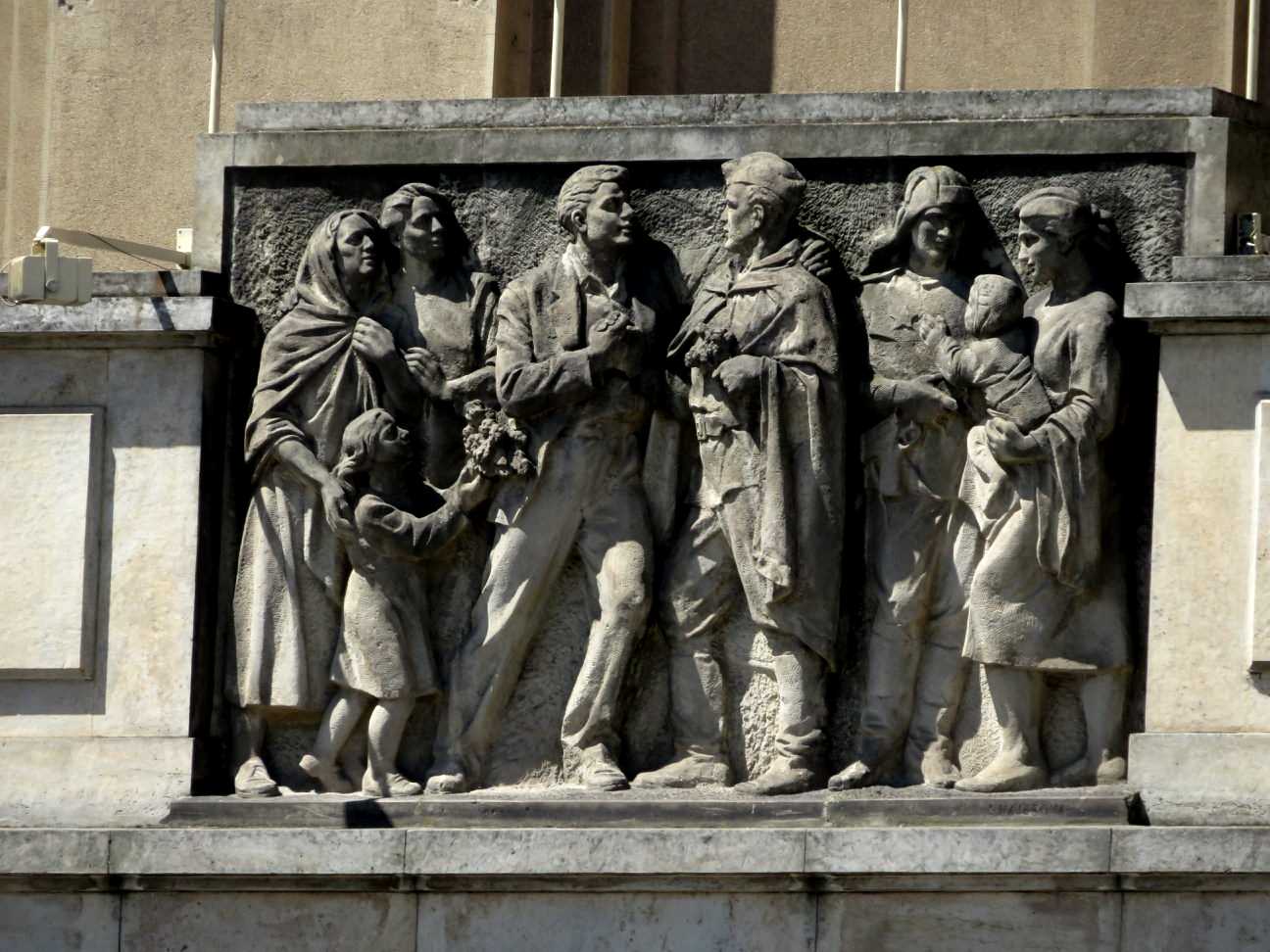
And he drops another big contradiction to Gazzara’s account. “Eventually, Ben managed to get her back to the States,” he wrote.
Vaughn was moved out of his hotel in such a hurry that he left behind the only copy of his doctoral thesis. He wasn’t allowed to retrieve it, and feared he would have to start over. After several months the US Embassy managed to forward it to him. Vaughn received his doctorate from the University of Southern California in 1970, and published it as book two years later. The subject was Hollywood blacklisting.
Gazzara died in 2012 and Vaughn in 2016, leaving their memoirs as the final word on the events of 1968, so the discrepancies are unlikely to be resolved.
The cast did not stay in touch, despite their Cold War adventure. “We haven’t seen each other for decades,” Gazzara wrote.
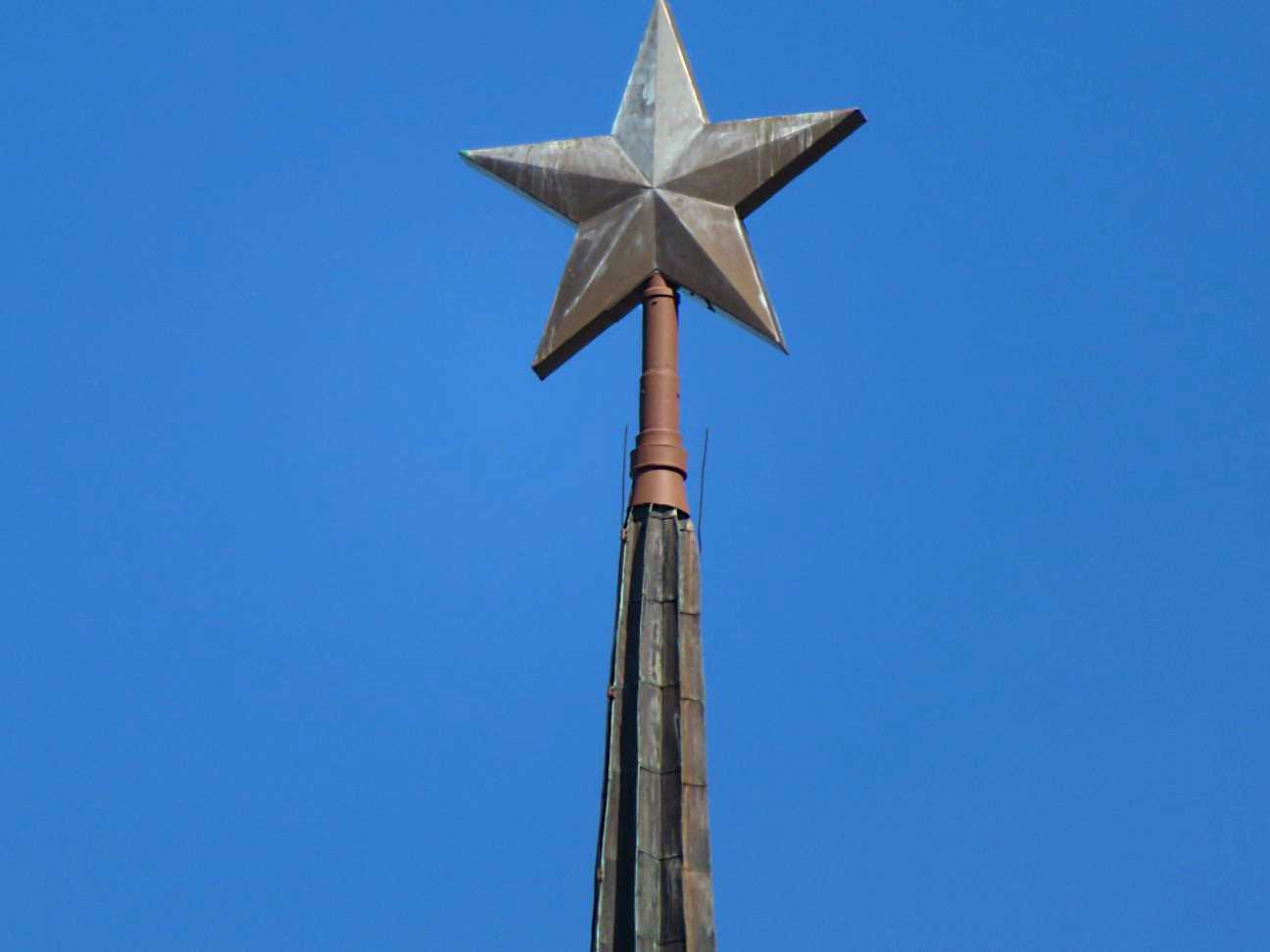
Vaughn was more introspective. “If anyone would have said at the time, ‘You four [main cast members] won’t see each other again once Election Day [in November 1968] has come and gone,’ we would have scoffed at the prediction. But that proved to be the case.”
The film was completed with studio shots done in Hamburg and at a replica bridge built near Rome. It was released June 25, 1969, to mixed reviews and mediocre box office. Producer Wolper blamed the negative attitude toward the Vietnam War as a factor in the film’s reception.
Hotel International, at 88 meters, is the dominant feature of Prague’s Dejvice neighborhood and the only example of Stalinist Empire architecture in the city. Construction began in 1952, and it opened in 1957. The iconic star on top was originally painted red.
The builders had hoped Soviet ruler Joseph Stalin would attend the grand opening, but he did not. It has has several names — Hotel Družba, Hotel Čedok, Hotel Holiday Inn, and Hotel Crowne Plaza. It returned to the name Hotel International in 2014.
The hotel features in the 1993 Czech musical comedy film Šakalí léta (Big Beat), set in the 1950s when the hotel would have been new.
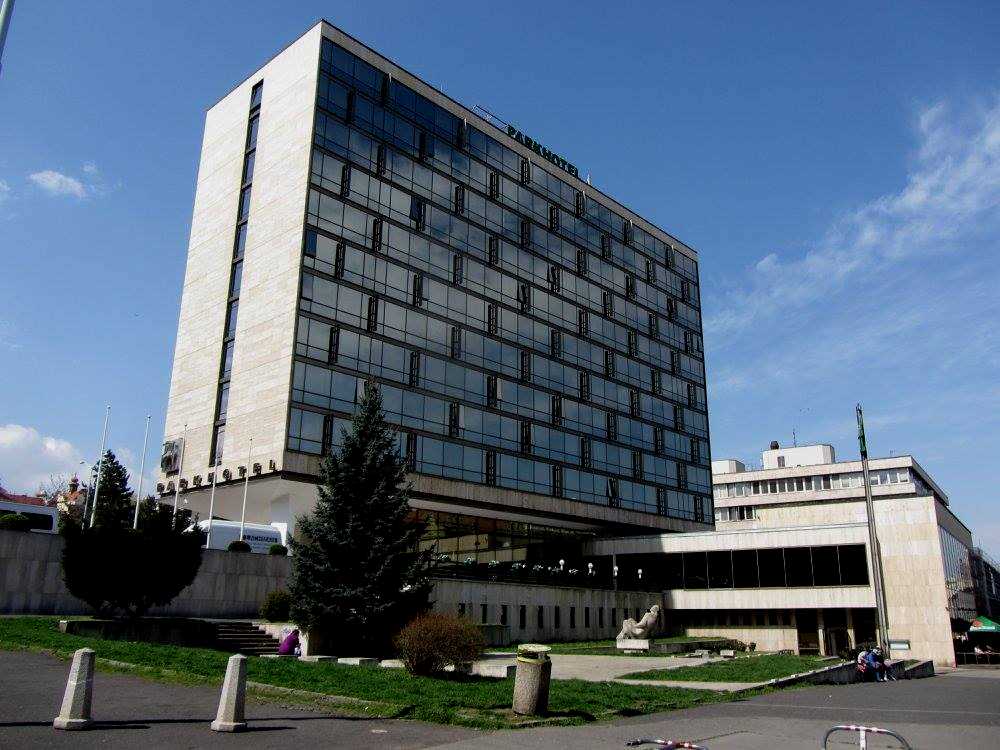
Parkhotel had just opened in 1967, and was the height of modernity with a glass and concrete box on legs, and a marble patio sporting a semi-abstract sculpture. It is considered one of the first “design hotels” in Europe.
The hotel’s name comes from its proximity to Stromovka, Prague’s largest park. The idea for the hotel first came in 1959–64, and construction took three years. At the time, the adjacent Veletržní palác (Trade Fair Palace), now an art gallery, was used for international trade fairs. The hotel would host foreign business people, and had one of the country’s few telex machines.
Czechoslovak films where one can see the hotel featured include the 1977 film Což takhle dát si špenát, 1980’s Co je doma, to se počítá, pánové, the 1988 classic Bony a klid and the TV series Arabela.












 Reading time: 9 minutes
Reading time: 9 minutes 